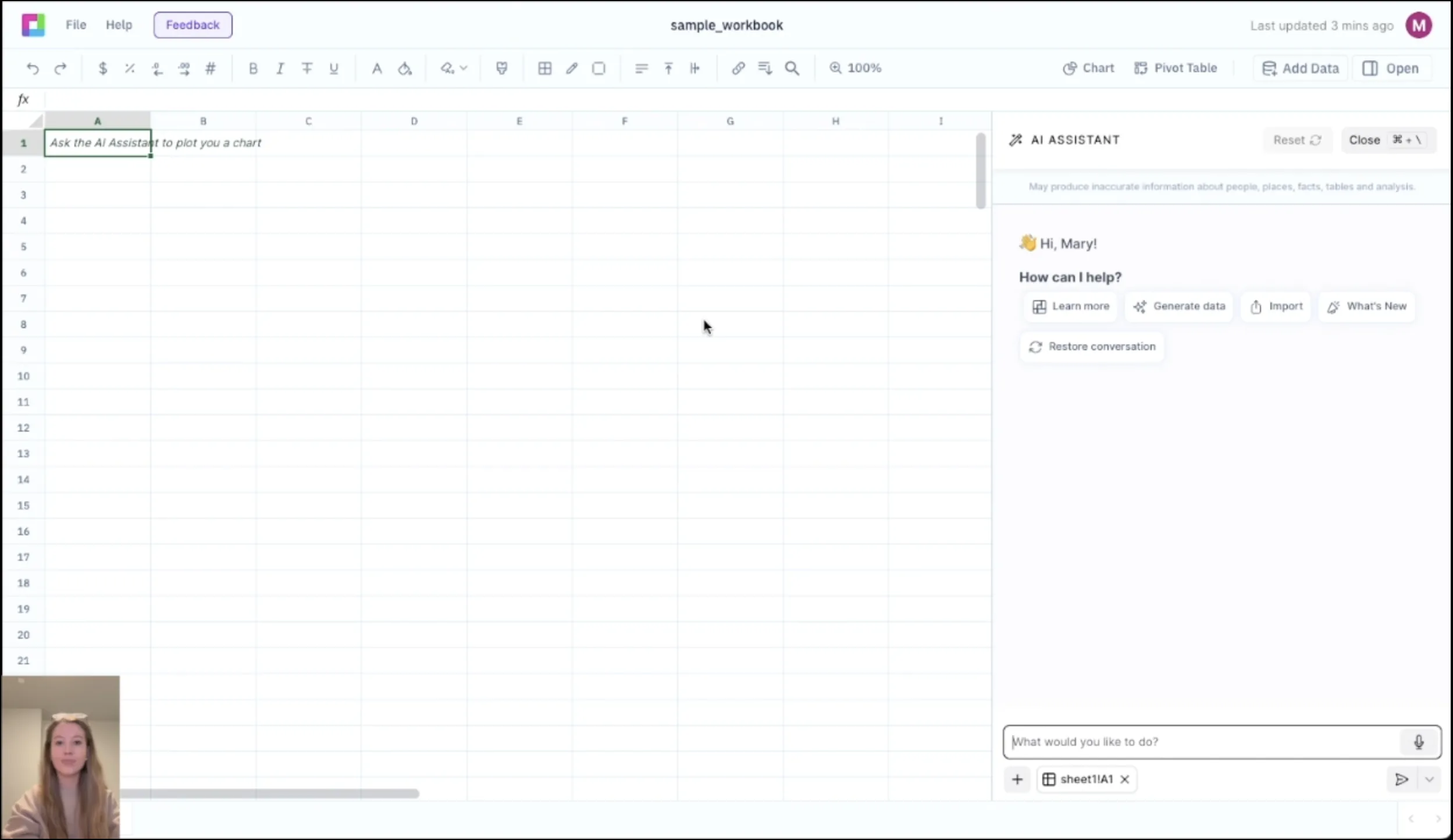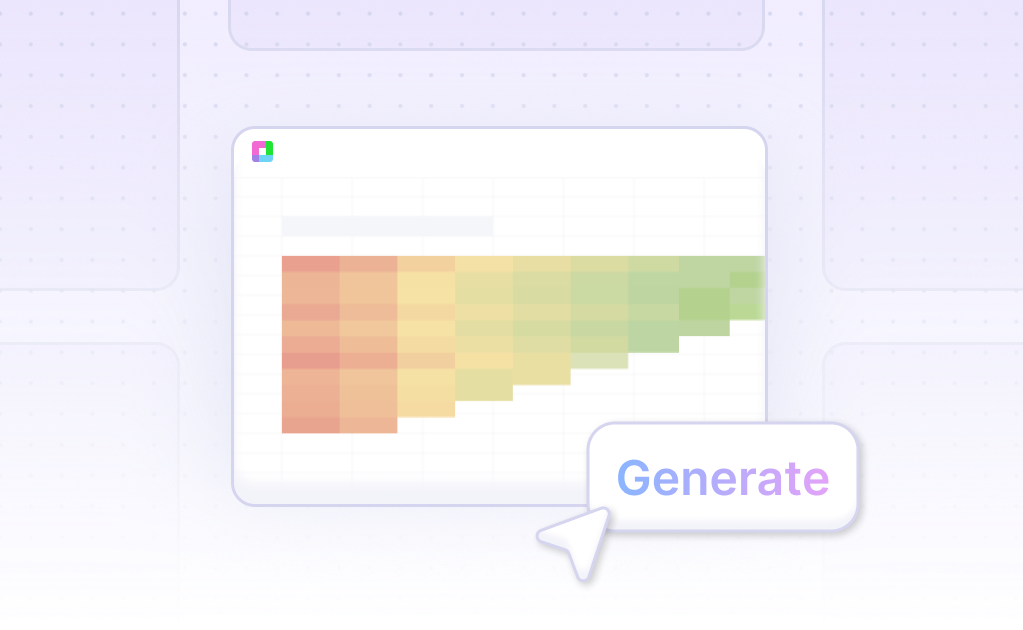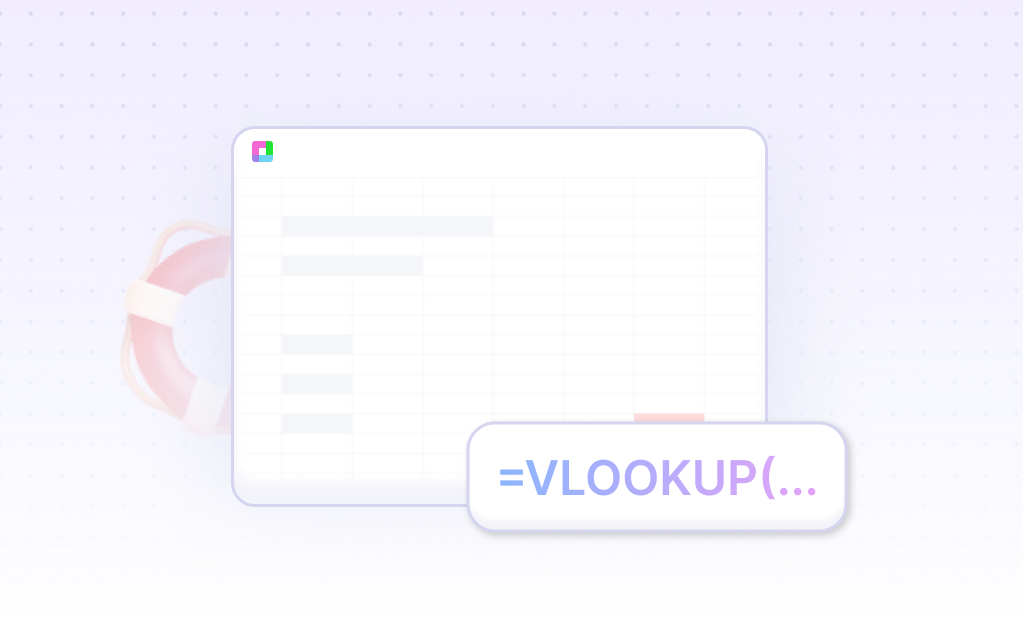
Master Dynamic Financial Planning with Professional Rolling Forecasts
Rolling forecasts are essential for agile financial planning, enabling organizations to adapt quickly to changing business conditions. Our Rolling Forecast template provides comprehensive tools to create dynamic forecasts, analyze variances, and optimize financial planning with institutional-quality FP&A capabilities.
From revenue projections to cash flow forecasting, build responsive financial models. Built for FP&A professionals, CFOs, and finance teams, this template helps you create accurate forecasts, monitor performance, and drive strategic decision-making.
Comprehensive Rolling Forecast Framework
Dynamic Forecasting Model
Build rolling forecasts that automatically update with new data and extend forward continuously. Implement 12-month, 18-month, or custom rolling periods with automated period advancement.
Revenue Forecasting
Forecast revenue using multiple methodologies including trend analysis, driver-based modeling, and bottom-up approaches. Incorporate seasonality, growth trends, and business drivers.
Expense Planning & Budgeting
Plan operating expenses with detailed cost center analysis, variable and fixed cost modeling, and headcount planning. Include cost inflation, efficiency improvements, and strategic initiatives.
Cash Flow Forecasting
Project cash flows with detailed working capital analysis, capex planning, and financing requirements. Monitor cash positions and liquidity requirements across forecast periods.
Variance Analysis & Performance Monitoring
Actual vs. Forecast Analysis
Compare actual results to forecasted amounts with detailed variance analysis. Identify forecast accuracy trends, systematic biases, and areas for improvement.
Driver Analysis & Attribution
Analyze variance drivers including volume, price, mix, and timing effects. Attribute variances to specific business drivers and operational factors.
Forecast Accuracy Metrics
Calculate forecast accuracy metrics including MAPE, MAD, and bias measures. Track forecast quality over time and identify improvement opportunities.
Scenario & Sensitivity Analysis
Perform scenario planning with best case, worst case, and most likely outcomes. Conduct sensitivity analysis on key assumptions and business drivers.
Frequently Asked Questions
What's the optimal rolling forecast period?
The template supports various rolling periods, typically 12-18 months ahead. The optimal period depends on business cycle, industry characteristics, and planning needs. The template includes guidance on period selection.
How does it handle seasonality and cyclical patterns?
The template includes seasonal adjustment capabilities, cyclical pattern recognition, and time series analysis. It can incorporate historical seasonality and adjust for changing seasonal patterns.
Can it integrate with existing budgeting processes?
Yes, the template is designed to complement annual budgeting with more frequent and flexible forecasting. It can use budget data as starting points and track performance against both budget and forecast.
How does it improve forecast accuracy?
The template includes forecast accuracy tracking, bias analysis, and continuous improvement frameworks. It identifies systematic errors and provides tools to refine forecasting methodologies.
What level of detail should rolling forecasts include?
The template supports multiple levels of detail from high-level P&L to detailed operational metrics. It balances accuracy with efficiency, focusing on key business drivers and material items.
Related FP&A Tools
Connect your most-used data sources and tools to Sourcetable for seamless analysis.
Frequently Asked Questions
If you question is not covered here, you can contact our team.
Contact Us





